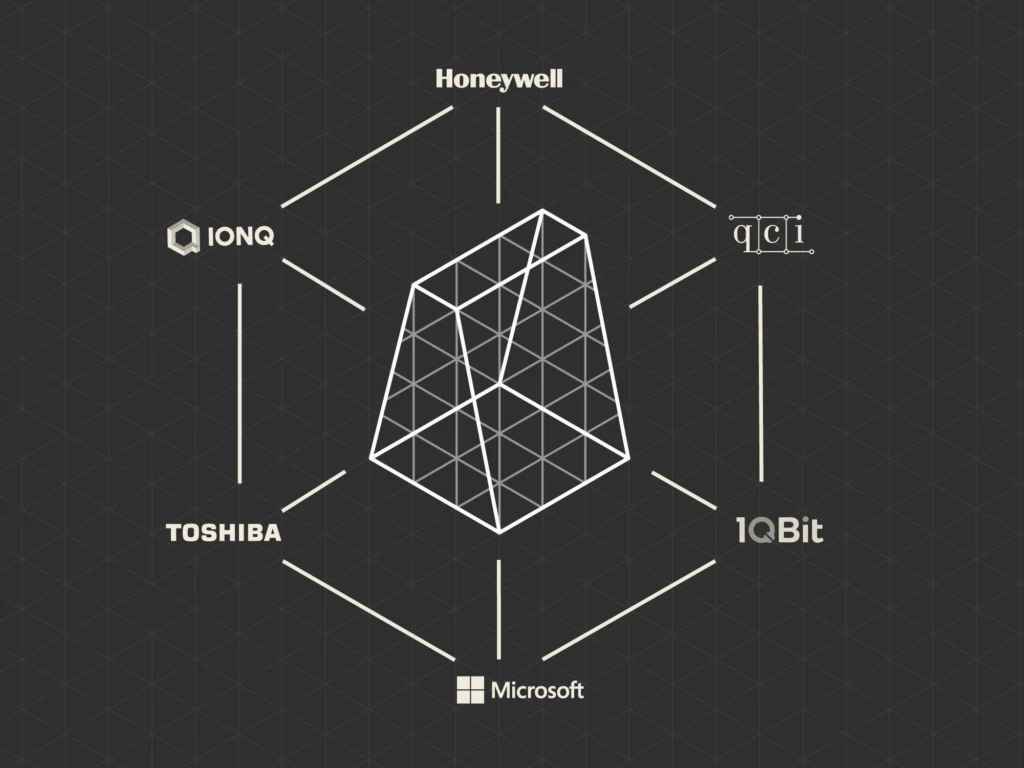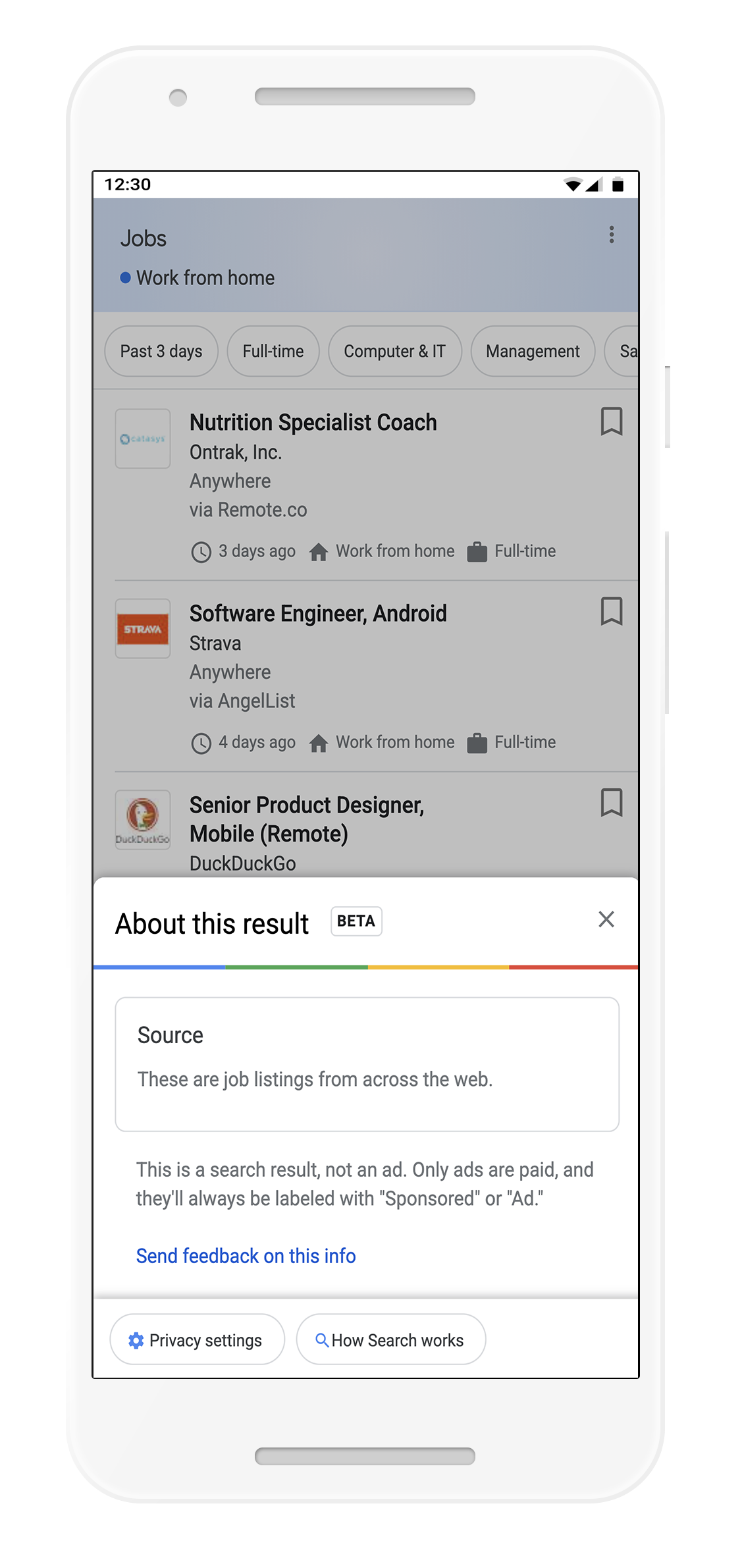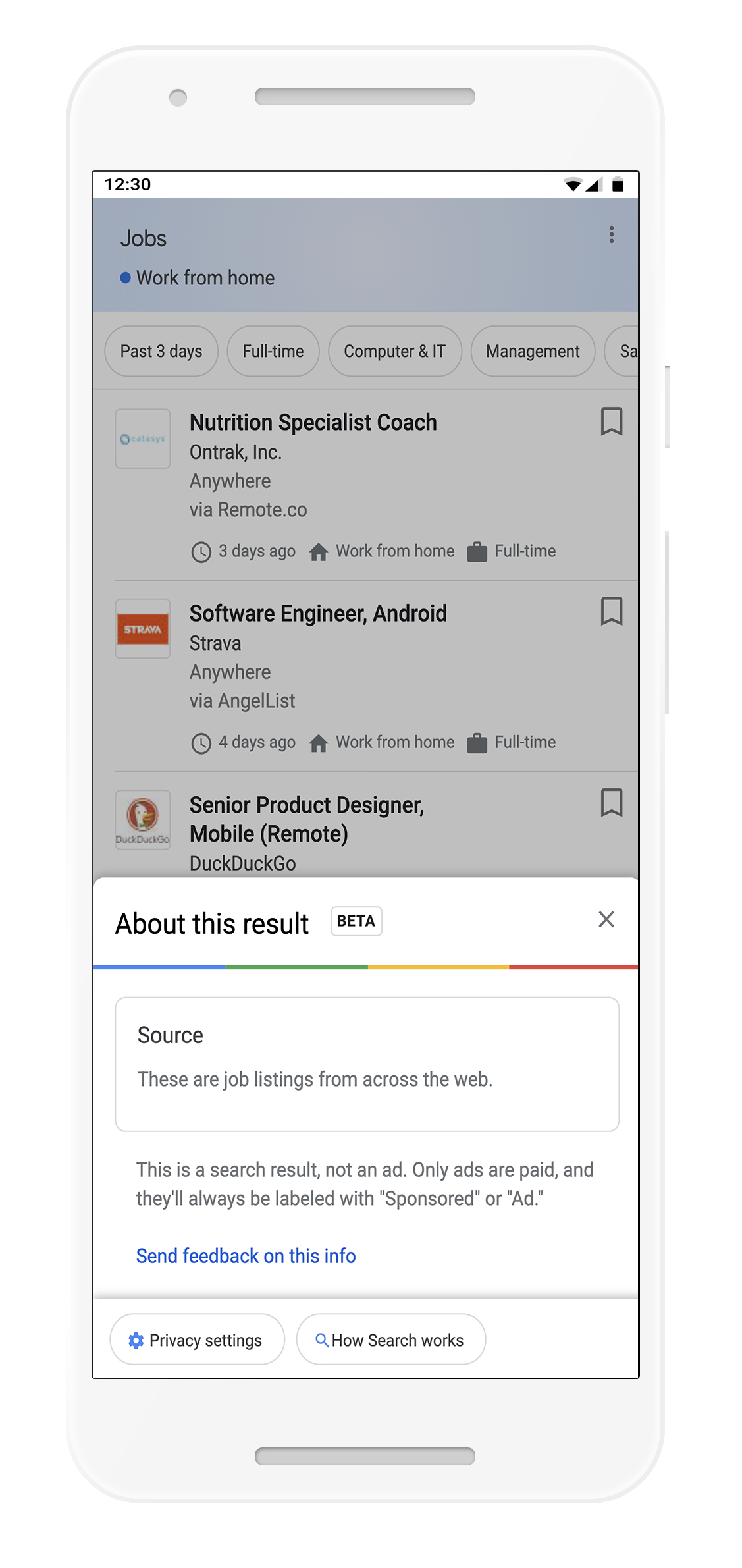Another hour, another billion-dollar round. That’s how February is kicking off. This time it’s Databricks, which just raised $1 billion Series G at a whopping $28 billion post-money valuation.
Databricks is a data-and-AI focused company that interacts with corporate information stored in the public cloud.
News of the new round began leaking last week. Franklin Templeton led the round, which also included new investors Fidelity and Whale Rock. Databricks also raised part of the capital from major cloud vendors including AWS, Alphabet via its CapitalG vehicle, and Salesforce Ventures. Microsoft is a previous investor, and it took part in the round as well.
But we’re not done! Other prior investors including a16z, T. Rowe Price, Tiger Global, BlackRock, and Coatue were also involved along with Alkeon Capital Management.
Consider that Databricks just raised a bushel of capital from a mix of cloud companies it works with, public investors it wants as shareholders when it goes public, and some private money that is enjoying a stiff markup from their last check into the company.
The company has made its mark with a series of four open source products with a core data lake product call Delta Lake leading the way. You may recall that another hot data lake company, Snowflake, raised almost a half a billion dollars on a $12.4 billion valuation a year ago before going public last September with a valuation twice that. Databricks has already exceeded that public valuation with this round — as a private company.
When we spoke to Databricks CEO Ali Ghodsi at the time of his company’s $400 million round in 2019, one which valued the company at $6.2 billion at the time, he said his company was the fastest growing enterprise cloud software companies ever, and that’s saying something.
The company makes money by offering each of those open source products as a software service and it’s doing exceedingly well at it, so much so that investors were tripping over each other to be part of this deal. In fact, Ghodsi said in a conversation with TechCrunch today that his company had targeted a much more modest $200 million raise, but that figure grew as more parties wanted to invest funds into the company. Even with that, Databricks had to turn capital away, he added, after deciding to cap the round at $1 billion.
The extra $800 million that the company raised will be used for M&A opportunities with an eye on talent, spend on establishing a Lakehouse concept, international expansion, while also expanding its engineering team, the CEO said.
Ghodsi also made clear that he does not intend to let the percentage of revenue that the company spends on R&D to drop, as is common at modern software companies — as many SaaS companies grow, they expend more of their revenue on sales and marketing efforts over product spend, something that Databricks wants to avoid by continuing to invest in engineering talent.
Why? Because Ghodsi says that the pace of innovation in AI is so rapid that IP becomes outdated in just a few years. That means that companies that want to lead in this space will have to stay on the bleeding edge of their market or fall back swiftly.
The Databricks model appears to be working well, with the company closing 2020 at $425 million in annual recurring revenue, or ARR. That figure, up 75% from the year-ago period, is also up from a $350 million run rate at the end of its Q3 2020. (For more on Databricks’ business, product and growth, head here.)
Notably Ghodsi told TechCrunch that this deal only started to come together in December. It’s February 1st today, which means that it took on this bushel of new funding remarkably quickly.
Finally, at $425 million in ARR, is the CEO worried about having a valuation sitting at roughly a 65x multiple? Ghodsi said that he is not. He said that he told his company during an all-hands earlier today that the AI market is a long journey, one that he hopes to be on for decades, and the stock market will go up and down. His point, as far as I could read into it, was that so long as Databricks keeps growing as it has, its valuation will take care of itself (and that seems to be the case so far with this company).
What’s certainly true is that Databricks is now as rich as it has ever been, as large as it has ever been, and in a market that is maturing. Let’s see what it can do with all this money.

 and empowering workers through automation.” Its Automation Platform aims to “transform the way humans work” by giving companies a way to build out and run automations across departments.
and empowering workers through automation.” Its Automation Platform aims to “transform the way humans work” by giving companies a way to build out and run automations across departments.



